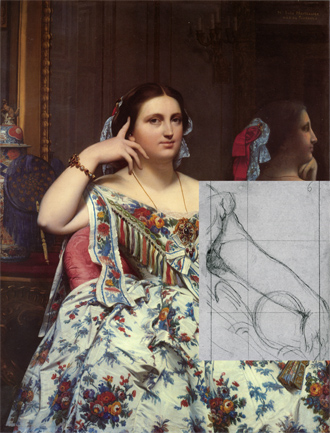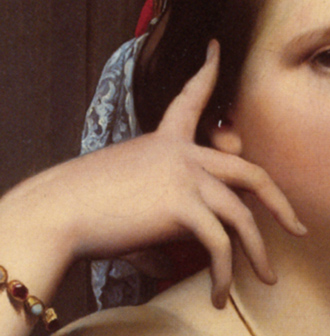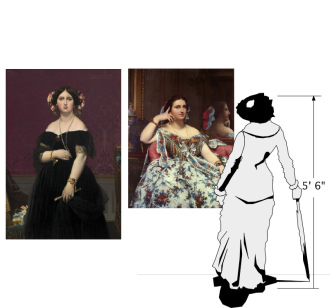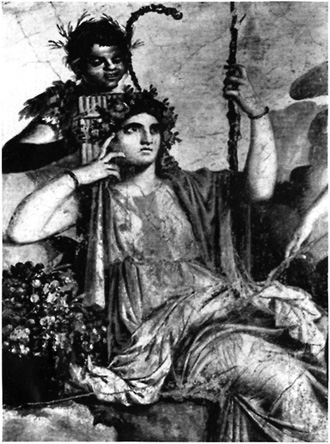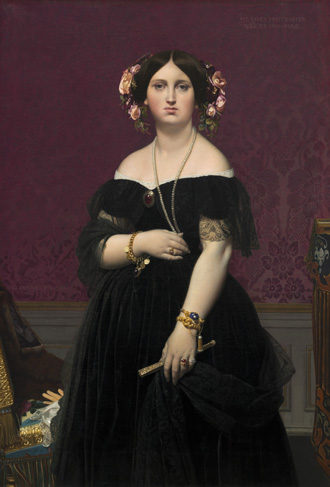To continue a critique of the World Economic Forum's Global Gender Gap report started
here.
 |
Kazakhstan - Health and Survival
women are doomed! |
Bizarrely, 0.9796 is the highest score for any country listed in the Health and Survival category (p19). Even Kazakhstan (p240) which is listed with an inverted sex ratio at birth* (1.06 – more girls are born than boys while in every other country listed has more boys born than girls) and women have a much higher life expectancy than men (60 for women and 53 for men; a 1.13 ratio) their score still maxes out at 0.9796 – still shy of the "equality" score of 1. The WEF must really hate women to define their terms so women can never be equal.
Even keeping in mind that they truncate the subcategory scores at the "equal" levels (the Kazakh sex ratio of 1.06 is truncated to 0.94 and the Kazakh life expectancy of 1.13 is truncated to 1.06) I'm not sure how Kazakhstan could be scored at less than one.
Update : on page 36 are footnotes #6 and #7 which read :
6 This is not strictly accurate in the case of the health variable, where the highest possible value a country can achieve is 0.9796. However, for purposes of simplicity we will refer to this value as 1 throughout the chapter and in all tables, figures and Country Profiles.
7 Because of the special equality benchmark value of 0.9796 for the Health and Survival subindex, it is not strictly accurate that the equality benchmark for the overall index score is 1. This value is in fact (1 + 1 + 1 + 0.9796) / 4 = 0.9949. However, for purposes of simplicity, we will refer to the overall equality benchmark as 1 throughout this chapter.
So where does 0.9796 come from and why not make it conform to the standard of 1? The weighting mentioned on p5-6 doesn't seem to do it or I may be doing it wrong.
0.693 * 0.94 = 0.65142
0.307 * 1.06 = 0.32542
0.65142 + 0.32542 = 0.97684
On page 35 they state
"On average, in 2013, over 96% of the gap in health outcomes… has been closed. No country in the world has achieved gender equality."
The average Health and Survival score I came up with (using their truncated scores from p12-13) is 0.97115. That is 99.1% of the maximum possible score of 0.9796. If they didn't truncate at their life expectancy equality maximum and used a definition of life expectancy "equality" that didn't depend on men living a shorter span then the global life expectancy average would be 1.0586 - in the real world that would be men suffering inequality.
(* as an aside, Kazakhstan sex ratio at birth appears to be incorrect. The
CIA World Factbook also lists the sex ratio at birth to be 0.94 male(s)/female but for the sex ratio of the 0-14 years cohort as 1.01 male(s)/female; and the total population sex ratio as 0.92 male(s)/female (2013 est.). The total population ratio is consistent with the life expectancy while a massive die off of girls 0-14 years doesn't seem to be reflected in the life expectancy numbers. It appears the male/female sex ratio numbers were transposed.
Update : the WEF and the CIA appear incorrect; the Kazakh sex ratio according to Kazakhstan government statistics has been 1.06 males/females for each year from 2006-2010 –
pdf page 12)
 |
| WEF logo - Committed To Improving The State Of The World (unless you are a guy) |
By the way, which country does the World Economic Forum rank as most equal when it comes to Life Expectancy? The number one ranking (page54) belongs to the Russian Federation where women's life expectancy is 65 and men's life expectancy is 55 (a ratio of 1.18:1). Equality!
In the interest of equality and bringing awareness to the magnitude and scope of gender-based disparities, I'll note that only in 6 countries is the female life expectancy not equal or greater than male and the worst life expectancy ratio listed for women is Trinidad and Tobago's 0.97 (or 1.03 as expressed men:women instead of women:men). Considerably less severe than the gender gap in Russia.
Only 18 out of 135 countries have a sex ratio score below their standard of "equality" 0.94. I will point out again that they considered measuring the gender gaps of both men and women but instead decided on page 5 that "We find the one-sided scale more appropriate for our purposes."
 |
| United Kingdom - Political Empowerment |
Political Empowerment Rank 29, Score 0.275
Years with female head of state (last 50)
| rank : | 8 |
| score : | 0.30 |
| sample average : | 0.20 |
| Female : | 12 |
| Male : | 38 |
| Female-to-male ratio : | 0.30 |
I see 2 problems with this aside from the worthwhileness of the subcategory in assuming the importance of a single person and that it is a score based largely on the distant past.
First, 12 divided by 38 is 0.31578 not 0.30. To claim precision to the ten-thousandths (as in the overall Political Empowerment category score p19) and then to round a subcategory seems odd. They appear to be using whole numbers in the subcategories but calculating with more more precise numbers (Thatcher's 11.5years /38.5 = 0.2987)
Second, Queen Elizabeth II is the head of state of the United Kingdom and has been since 1952. So the score should be 1 (as their policy is to truncate the score at the "equal" value)
Ah, I see that on page 4 they chose to redefine the
head of state :
…we include the ratio of women to men in terms of years in executive office (prime minister or president) for the last 50 years.
 |
New Zealand - Political Empowerment
was Helen Clark a dude? |
For everyone except the WEF, the head of state of New Zealand is the aforementioned Queen. Using the WEF's definition of head of state we find that the WEF thinks
Helen Clark and
Jenny Shipley were male as they list the number of years with a female head of state as zero (p296). They must not consider the Governor-General to be the head of state as more than 10 years of Governors-General have been female. Perhaps New Zealand has a secret phallocratic government.


